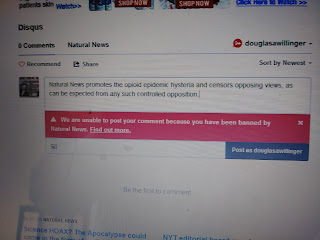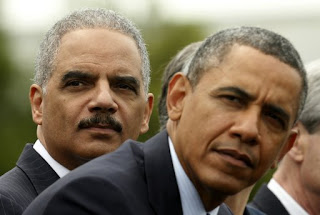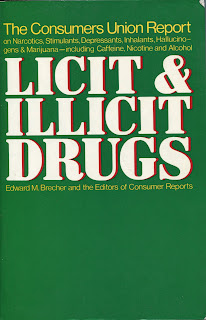Monday, November 26, 2012
Jesuits And Tobacco
A Jesuit was asked whether it was licit to smoke a cigar while praying, and his answer was an unequivocal “no.” However, the subtle Jesuit quickly added that, while it was not licit to smoke a cigar while praying, it was perfectly licit to pray while smoking a cigar. —St.Holger’s Cigar Club
In the 16th and 17th centuries the Jesuits developed large tobacco plantations in Central and South America and held financial interests in retaining revenues from them. Dominicans, Franciscans, and Augustinians had similar arrangements in Central America.
During this time, the Jesuits, fond of their snuff, were accused by their Protestant and secular opponents, without any evidence that I have found, of carrying poisoned snuff about their persons and offering it to those they attempted to assassinate. “Jesuit snuff,” this imaginary stuff came to be called. The fear surrounding it appears to have been most intense after tens of thousands of barrels holding fifty tons of Spanish snuff were captured from Spanish ships in Vigo Bay in 1702 by English admiral Thomas Hopsonn and found their way into the British market.
At the same time, Jesuit missionaries introduced the snuff they loved to China’s capitol during the Manchu dynasty, about 1715. For some time, Chinese converts to Catholicism were called “snuff-takers” by their countrymen and handled the manufacture and selling of snuff in Beijing. Many Tibetan Buddhist monks are still quite fond of snuff.
 The Jesuits were not alone among the mendicant orders in their love of snuff. Laurence Sterne, author of Tristram Shandy, also wrote A Sentimental Journey throughFrance and Italy in 1768, in which he described an incident—edifying and humbling to him—of exchanging snuff boxes with a poor friar. But during the 19th century, the fashion of using nasal snuff faded away, and cigar, pipe, and then cigarette smoking replaced it. Literary sources show that taking snuff was more and more left to the old and the poor, and to certain conservative clergy who persisted with their snuff rather than switch to smoking
The Jesuits were not alone among the mendicant orders in their love of snuff. Laurence Sterne, author of Tristram Shandy, also wrote A Sentimental Journey throughFrance and Italy in 1768, in which he described an incident—edifying and humbling to him—of exchanging snuff boxes with a poor friar. But during the 19th century, the fashion of using nasal snuff faded away, and cigar, pipe, and then cigarette smoking replaced it. Literary sources show that taking snuff was more and more left to the old and the poor, and to certain conservative clergy who persisted with their snuff rather than switch to smoking
In the 16th and 17th centuries the Jesuits developed large tobacco plantations in Central and South America and held financial interests in retaining revenues from them. Dominicans, Franciscans, and Augustinians had similar arrangements in Central America.
During this time, the Jesuits, fond of their snuff, were accused by their Protestant and secular opponents, without any evidence that I have found, of carrying poisoned snuff about their persons and offering it to those they attempted to assassinate. “Jesuit snuff,” this imaginary stuff came to be called. The fear surrounding it appears to have been most intense after tens of thousands of barrels holding fifty tons of Spanish snuff were captured from Spanish ships in Vigo Bay in 1702 by English admiral Thomas Hopsonn and found their way into the British market.
At the same time, Jesuit missionaries introduced the snuff they loved to China’s capitol during the Manchu dynasty, about 1715. For some time, Chinese converts to Catholicism were called “snuff-takers” by their countrymen and handled the manufacture and selling of snuff in Beijing. Many Tibetan Buddhist monks are still quite fond of snuff.



Comments
Post a Comment